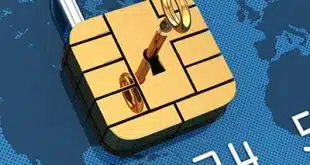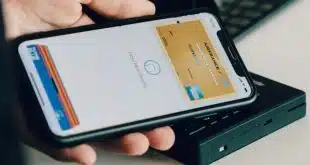For years, more consumers have used biller sites rather than online-banking sites to pay their bills electronically. But now, with financial institutions struggling to build deposits, bank sites have edged ahead, according to research released on Wednesday by Javelin Strategy & Research. At the same time, though, it appears some banks?namely, major national players?are benefitting more than others from the trend. Some 43 million households surveyed by Javelin reported using bank and credit union sites to pay bills, compared with 41 million using biller-direct sites. In many cases, of course, consumers used both methods at one time or another, though 28% said they used bank bill pay only while 25% used biller sites exclusively. This is the first time in the seven years the Pleasanton, Calif.-based research firm has conducted the study that bank sites have come out ahead of biller sites for online bill pay, even though consumers have for years expressed a preference for paying bills at so-called online aggregators like banks. Thirty-eight percent of consumers told Javelin they would rather use a bank or credit union site to pay bills, while 28% preferred biller sites. Utilities and other billers still have an advantage when it comes to viewing bills, with 54% of consumers using these sites. But the proportion of consumers viewing bills at online-banking sites has risen dramatically since 2007, from 28% to 39%. “It's difficult to overstate the importance” of banks overtaking biller sites for bill pay, says James Van Dyke, president and founder of Javelin. Aside from the advantages bill pay offers for attracting and keeping deposits, it could also have benefits for mobile products. Since banks act as consolidators of customers' financial information, their gains against biller sites can increase the likelihood that more consumers will have complete financial information compiled in one place. This, Van Dyke says, “could set us up for an electronic wallet,” a key element of mobile payments. Javelin projects that banks will hold on to their newfound though narrow edge over billers in actual bill-pay usage, at least over the next five years. The number of households using online-banking sites to pay bills will grow to 55 million by 2014, compared to 53 million for biller sites, the firm says. Driving the trend is the desire of consumers to track and manage their financial positions in one place as the recession takes it toll, according to Javelin. But biller sites will remain the preferred destination to view bills, with 56 million households using these sites and 45 million using bank sites five years from now, the firm projects. Meanwhile, online-banking usage will cross an important threshold. Fifty percent of adults in the U.S. will use online banking in 2013, Javelin predicts, up from 41% today. But while more online bill-payment traffic is flowing through bank sites, four national banking sites?those of Bank of America Corp., Citigroup Inc., JPMorgan Chase & Co., and Wells Fargo & Co.–are seeing far more of this activity than are regional and community banks, Javelin reports. “Small banks have self-selected themselves into having Luddite customers?the technically advanced customers have bailed out,” notes Van Dyke, and have migrated to the national banks' offerings. Some 59% of customers at these four national giants paid a bill online in the previous 30 days, compared with 49% at large regional banks, 47% at credit unions, and 43% at smaller regional banks and community banks. The big banks enjoy this advantage with respect to all 14 bill types examined, Javelin found, though credit unions “held their own in several cases,” the report says, including car loans and mortgages. Biller-direct payment still enjoys an advantage with younger consumers. So-called Gen Y customers?those who are generally 30 and under?pay more bills at biller than at banking sites for 11 of the 14 bill types, which include credit cards, car loans, utilities, cable TV, health insurance, rent, and other payments. With five of the types, twice as many pay bills at biller sites than with online banking. This may be due to the fact that younger consumers have fewer bills to pay, the report speculates. For its report, entitled “2009 Online Banking And Bill Payment Forecast,” Javelin surveyed 2,779 households online in April. The report also relies on similar online household surveys conducted earlier.
Check Also
Wirex Travel Debuts and other Digital Transactions News briefs from 3/27/25
The payments platform Wirex Ltd. has launched Wirex Travel, a travel-booking utility offering discounts and cashback to …



